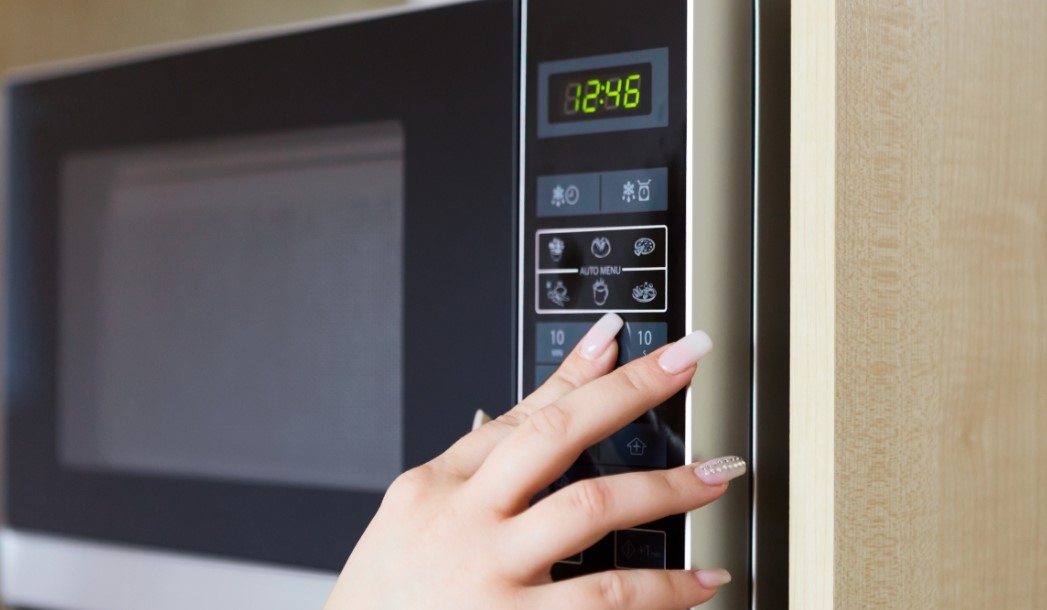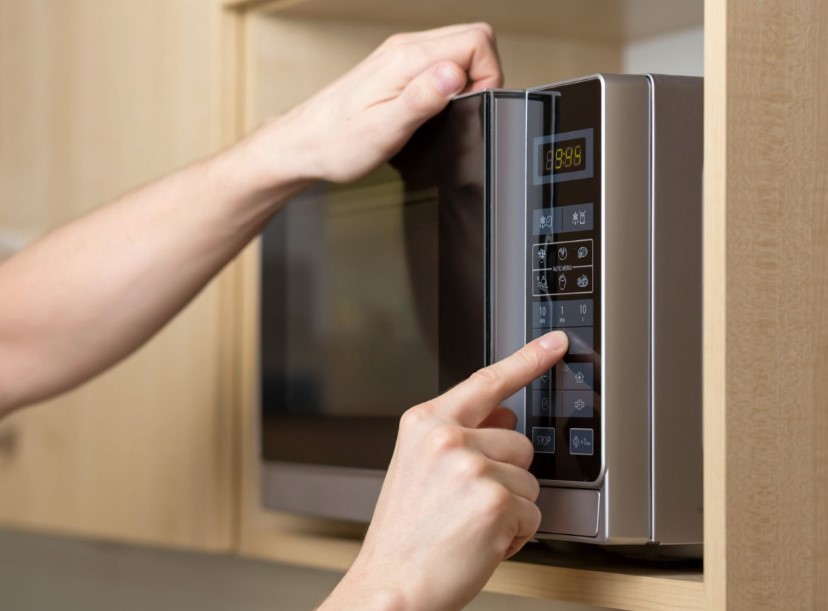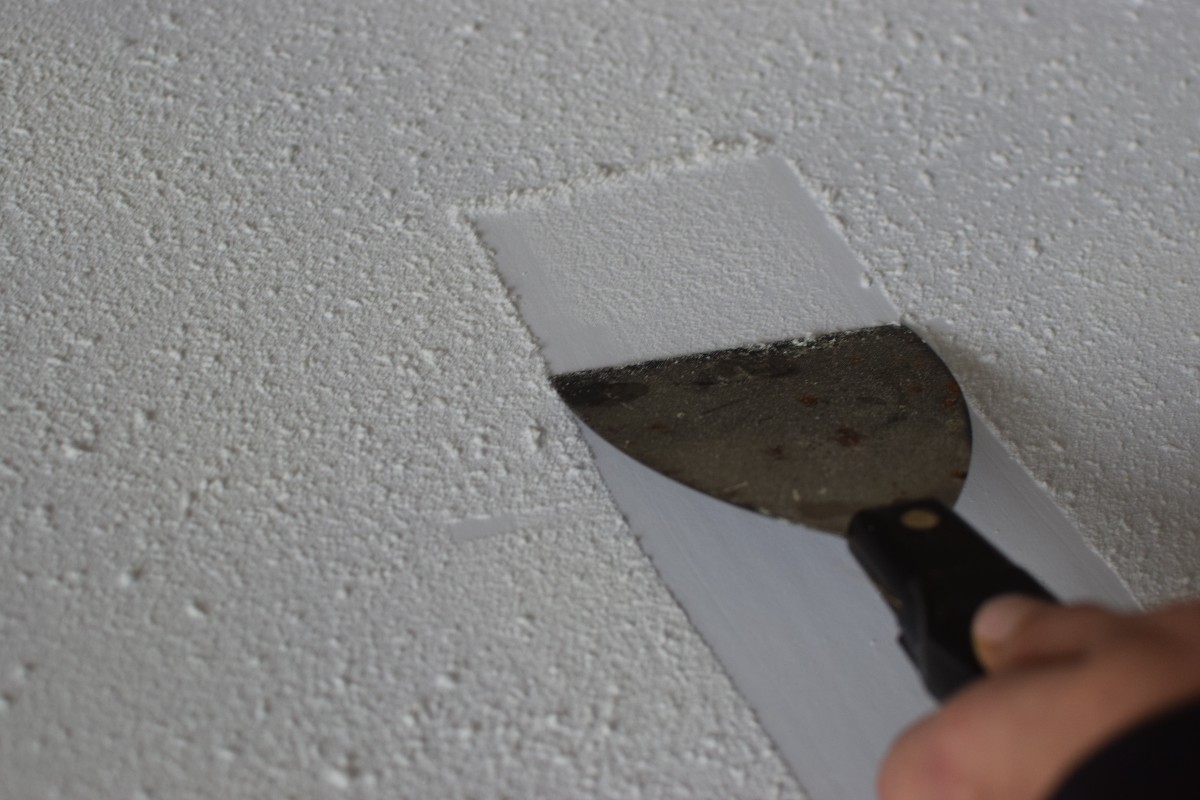Contents
Rust inside a microwave is more than just an eyesore; it could be a sign that your appliance needs attention. When the interior paint chips away, exposing the metal underneath, rust forms and can compromise the microwave’s safety and efficiency. In this article, we’ll explore why rust in your microwave happens, how to prevent it, and what you should do if you notice rust inside. This comprehensive guide will help you make informed decisions about using, maintaining, and potentially repairing your microwave.
What Causes Rust in a Microwave?
Rust in microwaves often occurs when the interior enamel or paint starts to wear off, exposing the metal surface beneath. Here are some common causes of microwave rust:
- Moisture Buildup: Over time, repeated exposure to moisture from steam and food particles can weaken the protective coating inside the microwave.
- Spills and Splashes: Food spills that are not cleaned up properly can cause damage to the interior, leading to rust buildup.
- Age of the Microwave: Older microwaves are more prone to rust because the enamel or protective layer may have deteriorated with time.
- Damage from Utensils: Using metal utensils inside the microwave or accidentally scraping the surface can cause paint to chip, which then leads to rust.
Is Rust Inside a Microwave Dangerous?
Many people wonder if rust in the microwave is harmful or simply a cosmetic issue. The presence of rust could affect both the performance and safety of the appliance. Here’s why:
- Microwave Performance: Rust can interfere with the microwave’s ability to reflect electromagnetic waves, which are essential for cooking food evenly. This can result in uneven heating and inefficient energy use.
- Health Concerns: Rust itself isn’t necessarily toxic, but if it’s flaking off into food, it could become a health hazard. Additionally, rust indicates the metal underneath is exposed, which could potentially lead to sparks or electrical hazards.
- Fire Risk: Although rare, rust inside a microwave can sometimes lead to sparking, which could pose a fire risk. Rust on the microwave door or near electrical components is especially concerning.
How to Fix Rust in a Microwave
If you notice rust inside your microwave, don’t panic. There are ways to address the issue before it becomes a bigger problem. Follow these steps:
- Unplug the Microwave: Before starting any repair or cleaning, always unplug the appliance to ensure safety.
- Clean the Interior: Use a mild detergent or a vinegar solution to clean the interior of the microwave thoroughly. Scrub any rusty areas gently with a non-abrasive sponge or cloth.
- Remove Loose Rust: If you see flakes or peeling rust, use fine-grit sandpaper to remove the loose rust. Be careful not to sand down too far into the metal.
- Apply Microwave-Safe Paint: You can find microwave-safe touch-up paint at most appliance or hardware stores. Apply the paint to the affected area and let it dry completely before using the microwave again.
- Prevent Future Rust: Make sure to clean spills immediately, avoid using metal utensils, and keep the microwave dry to prevent further rusting.

Can You Still Use a Rusty Microwave?
The answer depends on the extent of the rust. Small spots of rust can usually be repaired, as mentioned above. However, if large areas of the microwave are corroded, it may be time to consider replacing it. Continued use of a rusty microwave could lead to more serious issues like sparks, electrical damage, or uneven cooking.
If the rust is located on the microwave door or in the cavity where the magnetron operates, it’s generally safer to retire the microwave. The door ensures that electromagnetic waves stay within the device, and if the rust compromises that, it could be a potential health risk.
How to Prevent Rust in Your Microwave
To avoid dealing with rust in the first place, follow these simple microwave maintenance tips:
- Clean Regularly: Wipe down the microwave interior after every use to prevent moisture buildup. Clean food spills immediately.
- Use Microwave Covers: Prevent splashes and spills by using microwave-safe covers when heating food.
- Avoid Metal: Never put metal objects or aluminum foil inside the microwave, as these can cause sparks and damage the enamel.
- Keep It Dry: After cleaning, leave the microwave door open for a few minutes to ensure the interior dries completely.
- Inspect Regularly: Every few months, check the interior of your microwave for any signs of paint chipping or rust formation. Early detection can save you from bigger problems later on.
Conclusion: Take Action Before It’s Too Late
Rust in a microwave is not just an aesthetic issue—it can compromise the safety and functionality of your appliance. By following proper cleaning and maintenance practices, you can extend the life of your microwave and avoid the dangers associated with rust. If you’ve noticed rust inside your microwave, take action now to repair or replace it. With a few preventive measures, you can keep your microwave running smoothly for years to come.
Frequently Asked Questions (FAQs)
Can a rusty microwave be repaired?
Yes, small rust spots can be repaired using microwave-safe paint after cleaning and sanding the affected area. However, if the rust is widespread, it might be time to replace the appliance.
Is it safe to eat food cooked in a rusty microwave?
While the rust itself is not toxic, it’s not safe to eat food contaminated by rust flakes. If your microwave has significant rust, consider repairing or replacing it.
Can rust cause a fire in the microwave?
In rare cases, rust near electrical components or the door seal could cause sparking, which can potentially lead to a fire. It’s essential to address rust issues promptly to avoid these risks.
How can I prevent my microwave from rusting?
To prevent rust, clean the microwave regularly, avoid using metal utensils, and ensure the interior stays dry after each use.
Should I replace a microwave with rust on the door?
Rust on the microwave door is particularly concerning because the door is designed to contain electromagnetic waves. If you notice rust in this area, it’s safer to replace the microwave.
You May Also Read:





